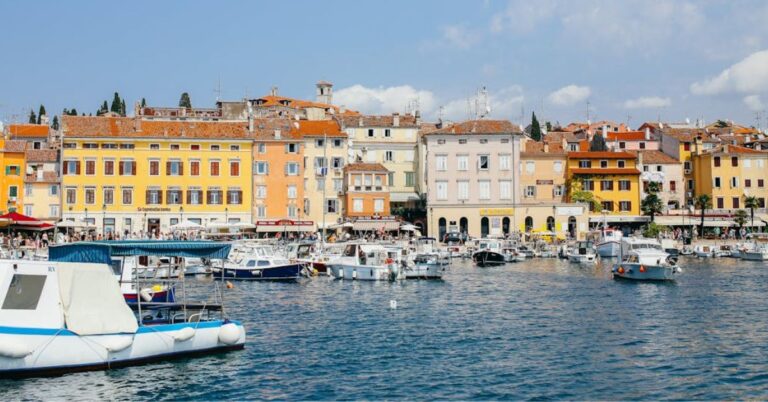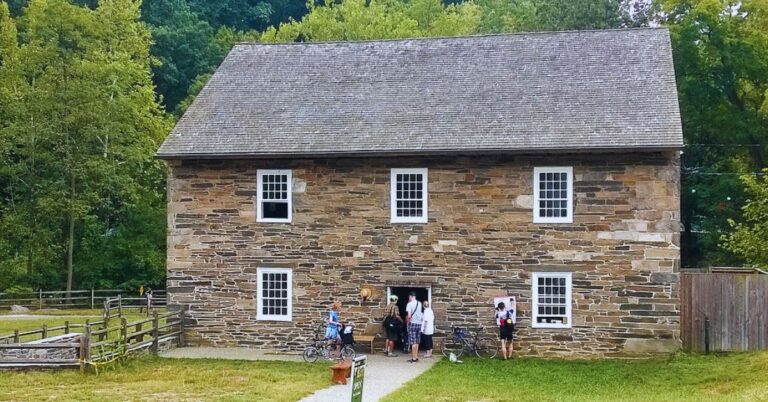15 Places In The Wild West Still Living That 1800s Dream
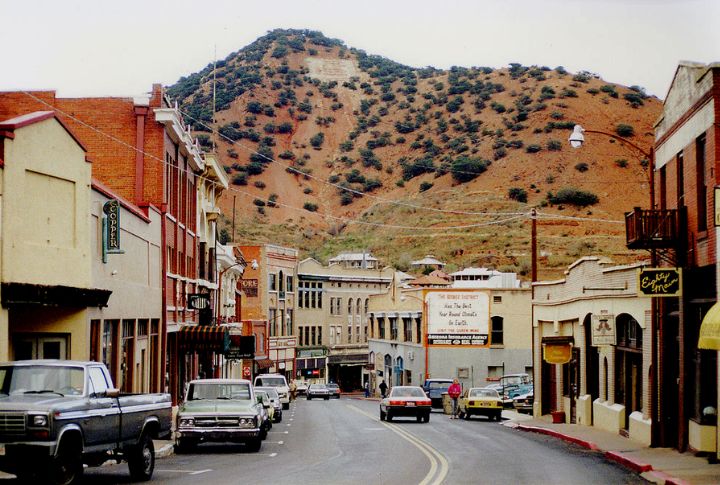
We don’t know about you, but we have wished we could swap our inbox for a saddle and our coffee shop for a saloon. If you’ve also wanted to live that life, we have good news. The Wild West never truly died. That’s right, it just kept partying in hidden corners of America. And these 15 towns are proof.
Tombstone, Arizona
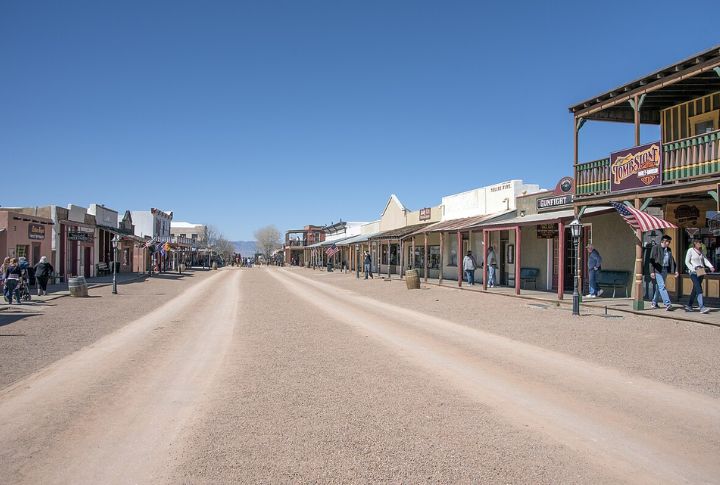
Tombstone preserves the site of the O.K. Corral shootout with remarkable accuracy. Its 1880s buildings and authentic reenactments reflect its real frontier roots. This isn’t staged history, it’s a functioning town where the lawless legends of the West are documented and still actively portrayed.
Dodge City, Kansas
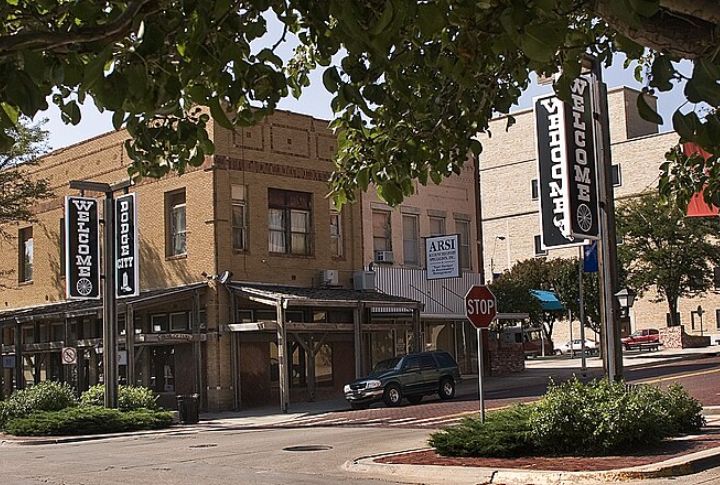
Dodge City was central to cattle drives and frontier justice. Today, its Boot Hill Museum holds one of the largest Wild West collections. Visitors can walk preserved streets and explore early jails. It’s a town where the spirit of the past is alive and not just in textbooks.
Virginia City, Nevada
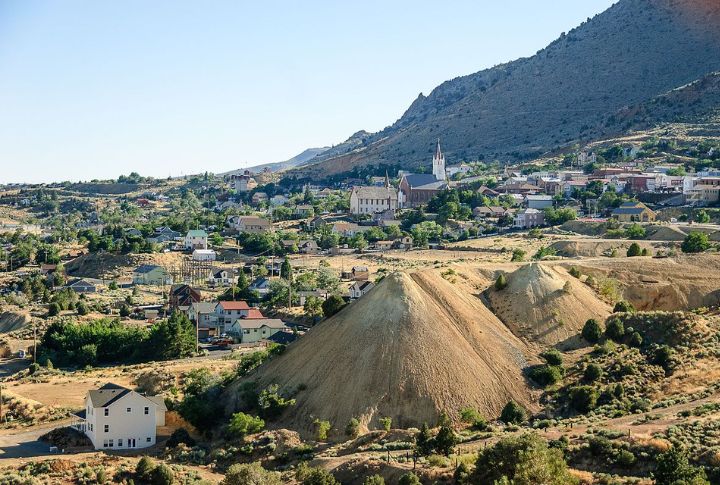
Once a booming silver mining town, Virginia City is frozen in time. The preserved storefronts and wooden walkways date back to the 1860s. It truly feels like a Wild West film waiting to be shot. The spirit of adventure and grit lingers in the air to this day.
Bandera, Texas
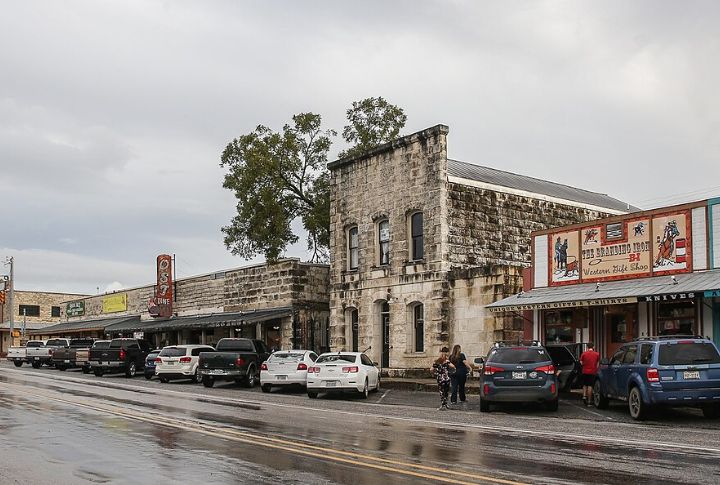
Bandera is more than just a theme town, it’s a ranching hub where cowboys still ride. Home to active dude ranches and weekly rodeos, it offers a working example of Western life. Local museums and trails tell the story of settlers who built livelihoods in the Texas Hill Country.
Deadwood, South Dakota
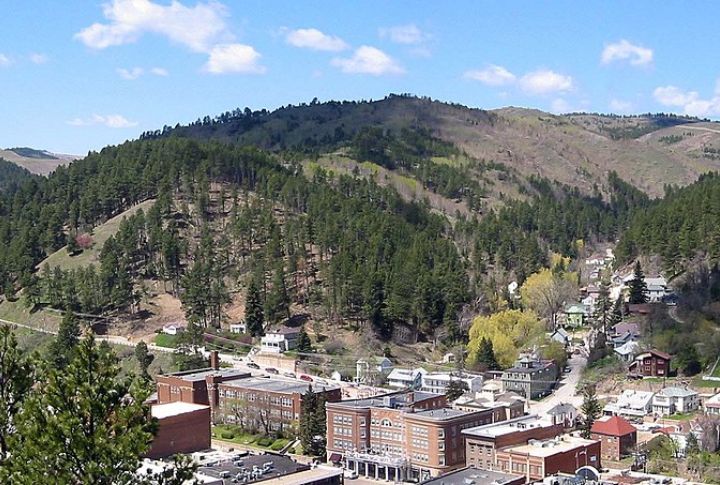
Deadwood rose during the Black Hills gold boom and still reflects that rush-driven grit. The town honors its past with preserved buildings like museums and the actual bar where Wild Bill Hickok died. Modern casinos operate inside historic saloons once visited by real outlaws.
Fort Worth, Texas

Fort Worth began as a military outpost and became a vital stop on cattle trails. Today, its Stockyards preserve that legacy with real livestock drives and historic saloons. The city actively teaches its past through rodeo shows and original 19th-century architecture that’s still in use.
Silverton, Colorado
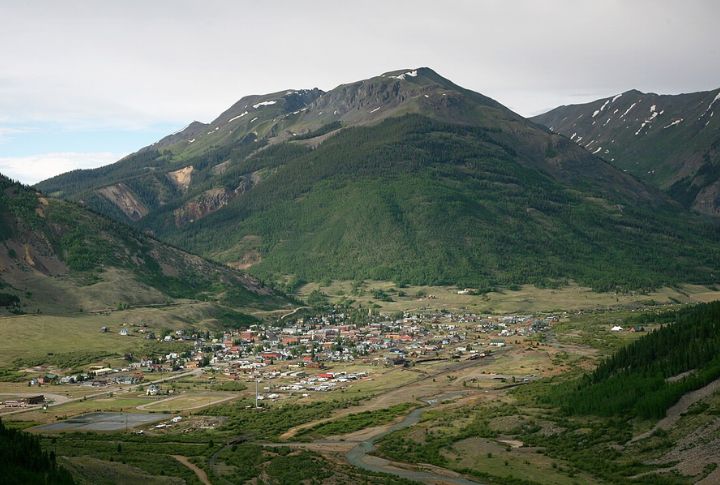
Old mining roads twist through Silverton like veins of forgotten treasure. Hop off the train, and you’re smack in a town where saloons still stand proud and mountain air feels untouched. Every view looks ready for a cowboy standoff, minus the dust in your eyes.
Jerome, Arizona
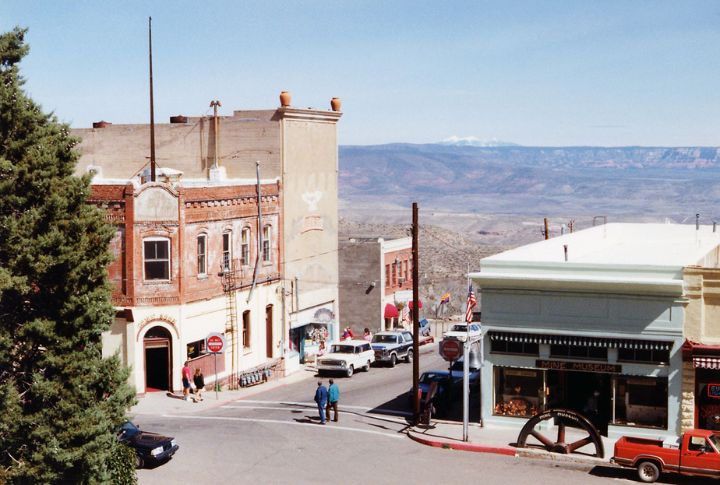
Jerome’s story is etched in the hills, once a booming mining site turned ghost town. Now, it’s a quirky, artsy hub where you can sip coffee along streets layered in the past. Whether you’re exploring its haunted tales or browsing local art, Jerome always has a twist.
Bisbee, Arizona

Once a thriving copper mining town, Bisbee’s charming streets are a preserved relic of days gone by. Many of its mines are open for tours, offering a glimpse into working-class frontier life. Local museums and galleries now fill the same structures that housed miners and merchants.
Leadville, Colorado

Sitting over 10,000 feet high, Leadville thrived during the silver boom. The town’s buildings remain largely intact, including a courthouse and the Tabor Opera House. Visitors can tour mines and walk the same streets once traveled by entrepreneurs and fortune-seekers chasing Colorado’s mineral wealth.
Abilene, Texas

Abilene started as a stock shipping point along the Texas cattle trail. Its frontier origins are celebrated through the Frontier Texas Museum and preserved historic districts. Annual reenactments and cowboy festivals provide immersive ways to learn how cattle drives shaped regional trade and settlement.
Jackson, Wyoming
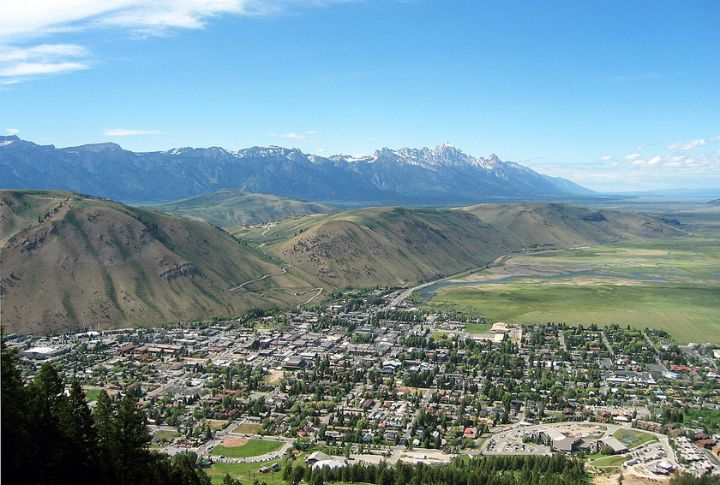
Though now known for outdoor sports, Jackson’s town square still nods to its Old West past. The elk antler arches and local shootout shows preserve the town’s frontier image. Historic ranches around the valley help explain its origins as a rugged trapping and cattle post.
Oatman, Arizona

Oatman’s gold rush history draws visitors with preserved wooden storefronts and gunfight shows. Burros, descendants of miners’ pack animals, still roam freely. Historic Route 66 runs through the center, making the town a living exhibit of boomtown architecture and early 20th-century roadside tourism.
Cimarron, New Mexico

Cimarron is a town that time skipped over. Once a significant stop on the Santa Fe Trail, it is rich in frontier lore, featuring both the old train depot and the St. James Hotel. A walk through the quiet streets brings the Old West to life again.
Santa Fe, New Mexico
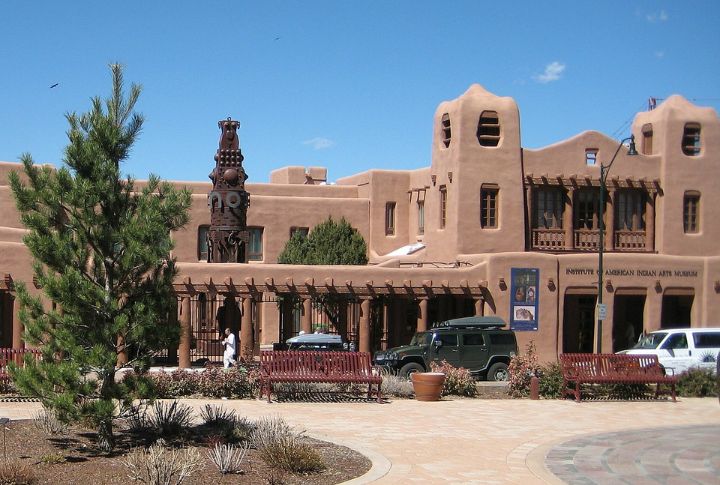
Founded in 1610, Santa Fe’s historic plaza remains the heart of the city, once bustling with trade. Adobe buildings and Native art continue to showcase the town’s rich cultural heritage. The blend of old-world charm and history offers visitors a glimpse into frontier life.

